This was an incredibly emotional assignment to put together. For days I sat with my thoughts about all the content that has been absorbed over the past weeks with regards to MMIWG in Canada. A heart heavy topic and something I am finding myself feeling more passionate about as I move along in my learning. I chose to write my spoken letter in the form of a poem titled Stolen. I wrote my words with the families of those who are missing and murdered in mind, as well my own daughters.
Specifically, my ten year old daughter as she has expressed much of her own curiosity about this topic. Recently we went for a walk together and she asked me when I was last afraid. This question, so innocent yet so genuine—provided the inspiration I needed to write my spoken letter.
The music chosen for this assignment is titled The Rain (n.d) and the artist is Sid Acharya. I found it to have such a haunting and moving sound that fit the theme of what was being shared. I wanted my audience to feel the sadness, as well the power in my words and the music composition supported this well.
The images shared are photos that I took myself, the first image being a self-portrait.
I am wearing a red handprint over my mouth to show that I am in solidarity of the MMIWG and that silence is no longer accepted. I felt very emotional wearing this on my face and I feel you can see this in my eyes. This was a meaningful experience for me.
The second image is of red dresses belonging to myself and my daughter that I hung in the forest near my home. I left these here to spread a message of those who are lost. It was quite powerful to see these dresses hanging, another demonstration of my solidarity. I chose to leave this image lingering on the video for an extra moment, to let the idea of those lost sink in for viewers. Not only is it women who are missing, exploited and harmed…but little girls too.
The third image of the eye with the reflection of a young woman and a fist is meant to demonstrate the violence that is occurring so frequently yet so many people turn away. I found this to be a powerful image depicting too well the reality of violence against women. It also fit well with my words about “a society that just turns away”.
The fourth image of all the women is substantiates the actuality of how many there are missing or murdered. Of course, this image does not adequately support the exact numbers, but it does give viewers an idea. Also, I feel many of the women in these photos look so happy and so much like someone we could know. The familiarity of their faces is haunting.
The damaged teddy bear is meant to represent the broken systems and loss of children’s innocence. It is meant to represent the destruction amongst families and children due to intergenerational trauma. This image is followed by the image of the woman breaking free of chains. Self-explanatory, breaking free from chains represents Indigenous women taking back their power “no more, enough is enough has been said”.
The image of the Indigenous woman painted by Jonathan LaBillois is called Still Dancing (n.d). For me, this painting represents the strength of Indigenous women.
Indigenous women are warriors, they are strong and fierce. Destructing the colonial narrative of Indigenous women—this image portrays resilience.
As well, it tells viewers that Indigenous communities are not giving up and those who are lost are not forgotten.
Last is an image of my own art. A painting meant to honour MMIWG. This painting was created with love and respect for those who have not come home. I wanted the woman to look as though she were a spirit. I included the medicine wheels and its’ colours as I feel this is an important aspect to the healing process of Indigenous communities. The balance that has been stolen from families of those taken must be restored so they are able to find peace.
This was a very moving assignment and I am grateful for the opportunity to share my spoken letter. My hope is that in doing so, I will encourage others to ask questions and develop more knowledge about this topic. There are far too many families who are suffering as a result of losing their loved ones. As stated by Pam Palmater: “what is actually going to bring actions to words is how we educate ourselves” (2019).
In keeping our focus on MMWIG (and LGBTQ22QIA) moving forward in the process of decolonization, my hope is that we will actually see action taken by our Canadian governments and a societal shift that encourages continued reconciliation and healing.
Thank you for the opportunity to learn about this important subject and share with you from my heart.
by Megan Young
References
Alexas Photos (n.d.) Photograph.Pixabay. Retrieved from https://pixabay.com/photos/violence-against-women-1169348/ October 23, 2019.
Archaya, S.(n.d) The Rain. Audio File. Retrieved from https://artlist.io/song/13460/the-rain?search=the-rain November 1, 2019.
Kairos Canada Image (n.d) Photograph. Retrieved fromhttps://saultonline.com/2019/01/12th-annual-memorial-march-for-missing-and-murdered-indigenous-women/ October 22, 2019.
LaBillois, J. (n.d) Still Dancing. Painting. Retrieved from https://www.kairoscanada.org/missing-murdered-indigenous-women-girls October 22, 2019.
Palmater, P. (2019, April 3). Why Do Indigenous Topics Cause Such Emotional Discomfort. YouTube. Retrieved from https://youtube.com/watch?v=MtqRVI-JAk October 21, 2019.
Sch., E. (n.d) Photograph. Pixabay Retrieved from https://pixabay.com/illustrations/freedom-silhouette-woman-2053281/ October 23, 2019.
Vitabello (n.d.) Photograph. Pixabay. Retrieved from https://pixabay.com/photos/abuse-violence-problems-alcohol-4175864/ October 23, 2019.
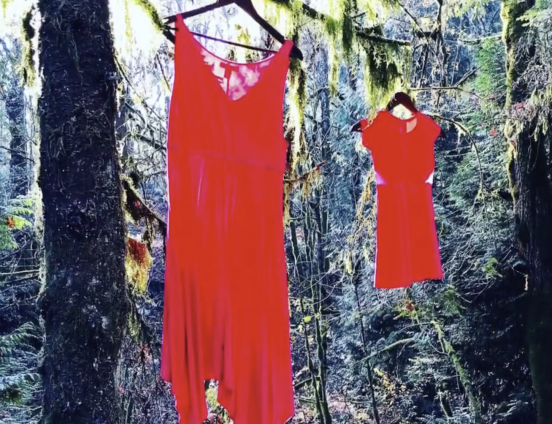
November 24, 2019
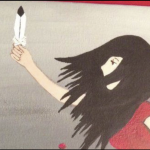
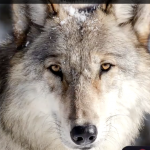
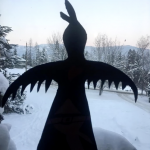
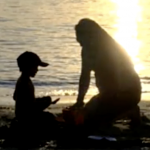
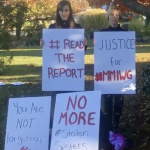
Comments by Finn